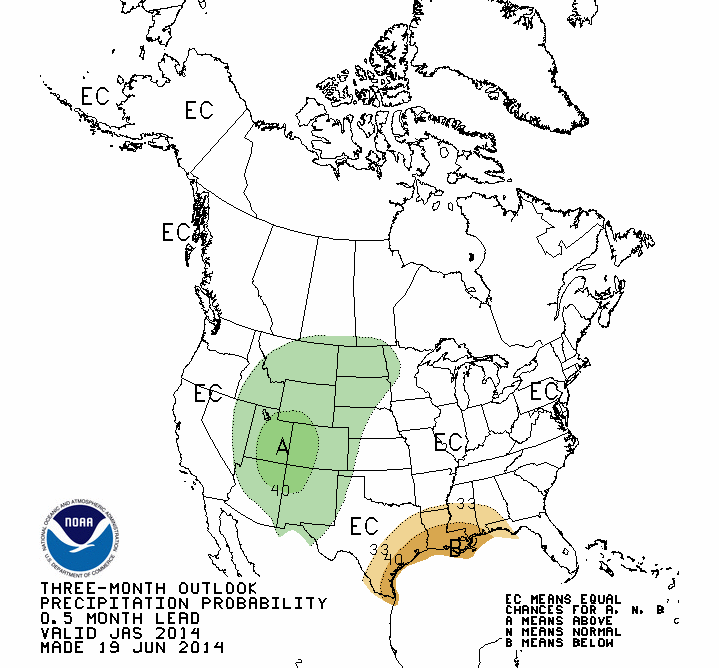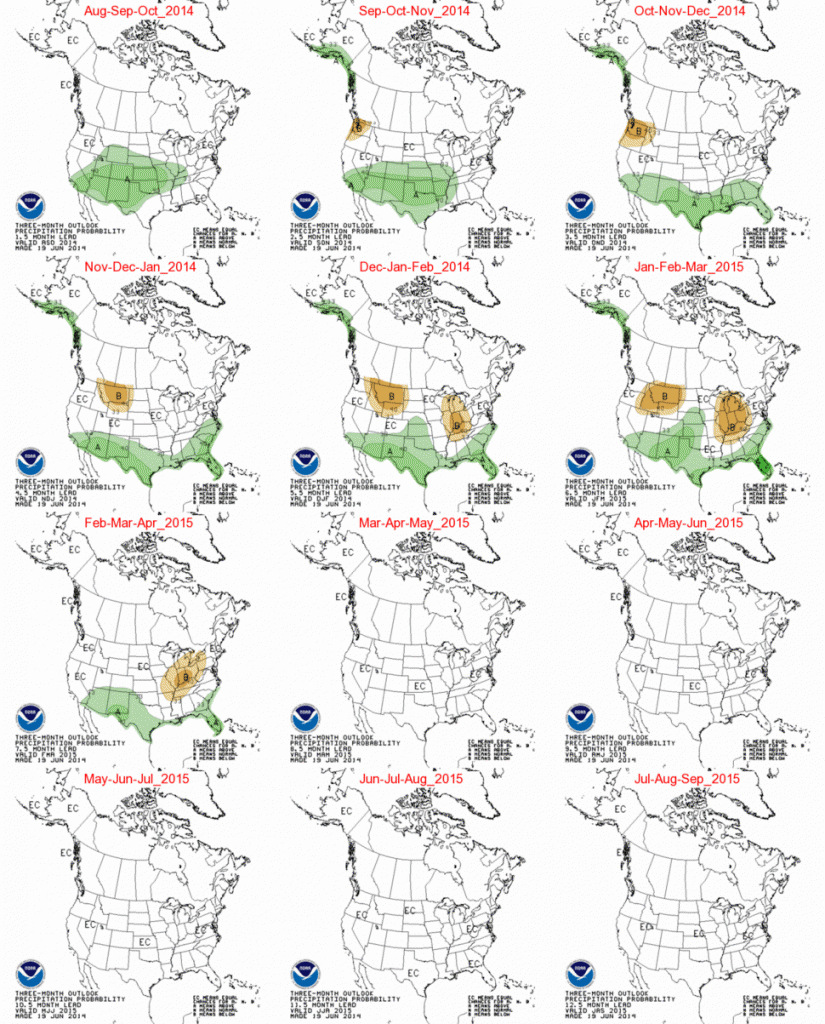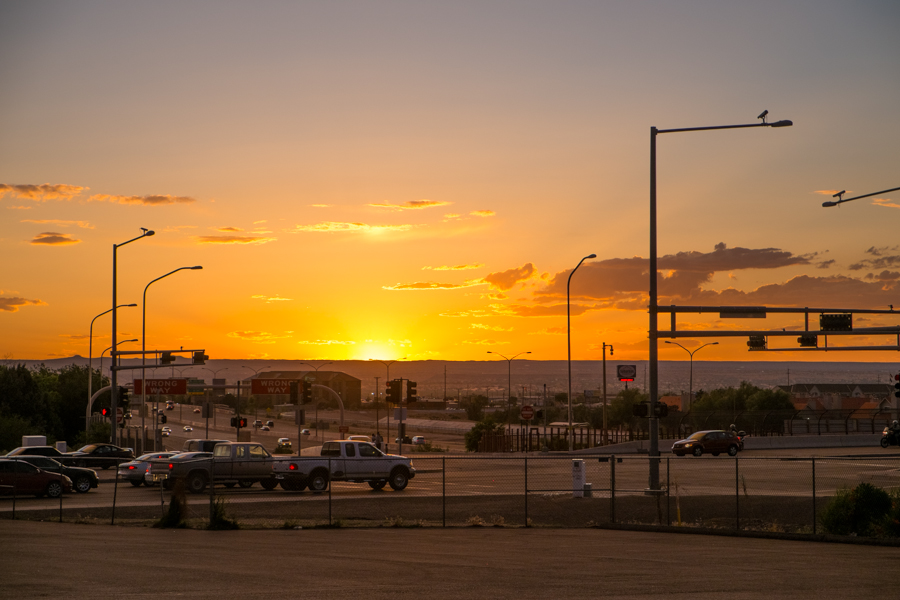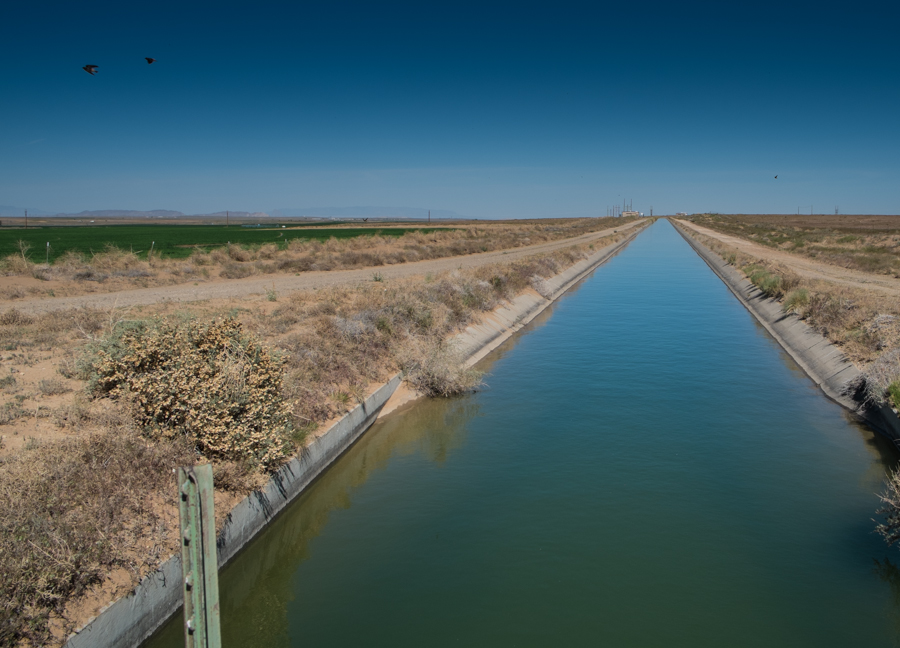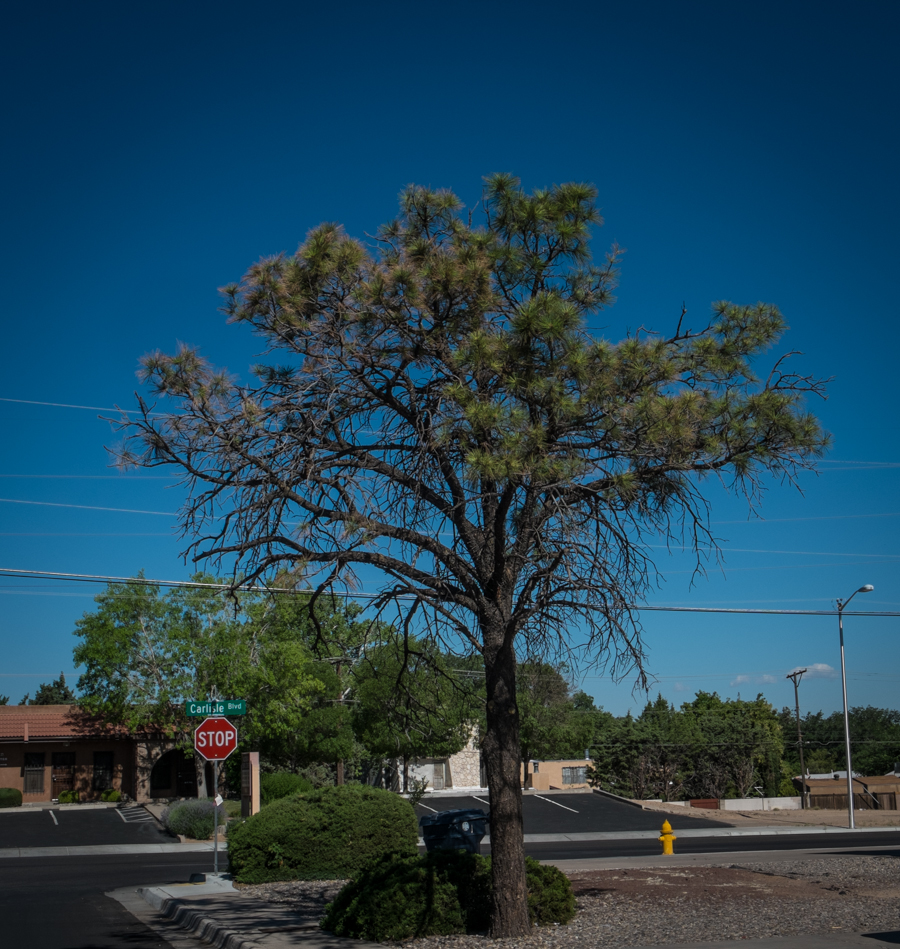tl;dr The idea of conserving water before enforcing shortages in the Colorado River Lower Basin, rejected by water managers less than seven years ago, seems now to be all but a given, though much remains to be worked out.
longer: Tony Davis has an excellent story in this morning’s Arizona Star on what looks from the outside like a sudden shift in the direction of Arizona’s Colorado River rhetoric:
For the first time, the state agency that operates the multibillion-dollar Central Arizona Project warns that water shortages could hit Tucson and Phoenix as soon as five years from now.
Chances are slim a shortage will come that soon, but they’re expected to rise in the next few years due to drought, growing water demand and declining water levels in Lake Mead at the Nevada border. Over a 10-year period ending in 2026, the likelihood of urban CAP shortages is 17 to 29 percent in a given year depending on weather, particularly the impacts of climate change, CAP says.
The recognition that there is a problem – a “structural deficit” in which Arizona, Nevada and California are using more water annually than the big river can provide – is not new here. What’s new is Arizona’s starkly public recognition of the problem and the specific sort of action being called for. Again, Davis:
Among its suggestions are that the feds and states spend $20 million to $100 million annually on projects to conserve water and find outside supplies. That’s already about to start on a small scale. CAP, Las Vegas, Southern California’s Metropolitan Water District and Denver are likely to begin spending about $2 million apiece next year, in a pilot project to pay farmers and other non-residential users to take cropland out of production or make other cuts to conserve water.
“We don’t know what the federal government would do in those circumstances. That’s why we’re trying to get ahead of the game now, and say the seven states in the Colorado River Basin need to work together,” said Mitch Basefsky, a CAP spokesman.
In 2007, when the seven Colorado River basin states and the U.S. Bureau of Reclamation adopted the Interim Guidelines for Lower Basin Shortages and Coordinated Operations for Lake Powell and Lake Mead, the river powers rejected (sort of) a proposal from a coalition of environmental groups called “Conservation Before Shortage”. (Details in this pdf.) The CBS proposal called for basin water users to fund conservation actions before the shit hit the fan – perhaps, for example, paying farmers to implement water conservation improvements or fallow fields: “the use of voluntary, market-based conservation as a method to mitigate involuntary shortages”.
The basin states and feds instead opted for involuntary shortages. Once Lake Mead’s surface elevation drops below 1,075 feet above sea level on any Jan. 1, shortages are immediately imposed on Nevada and Arizona water use.
The earliest we could hit 1,075 appears to be 2016, but Arizona’s very public pronouncements (as Tony so ably documents) combined with the current discussions over the Colorado River System Conservation Program suggest some sort of “conservation before storage” approach is all but a given.
The questions now seem to be:
- how large an effort to undertake?
- how soon?

